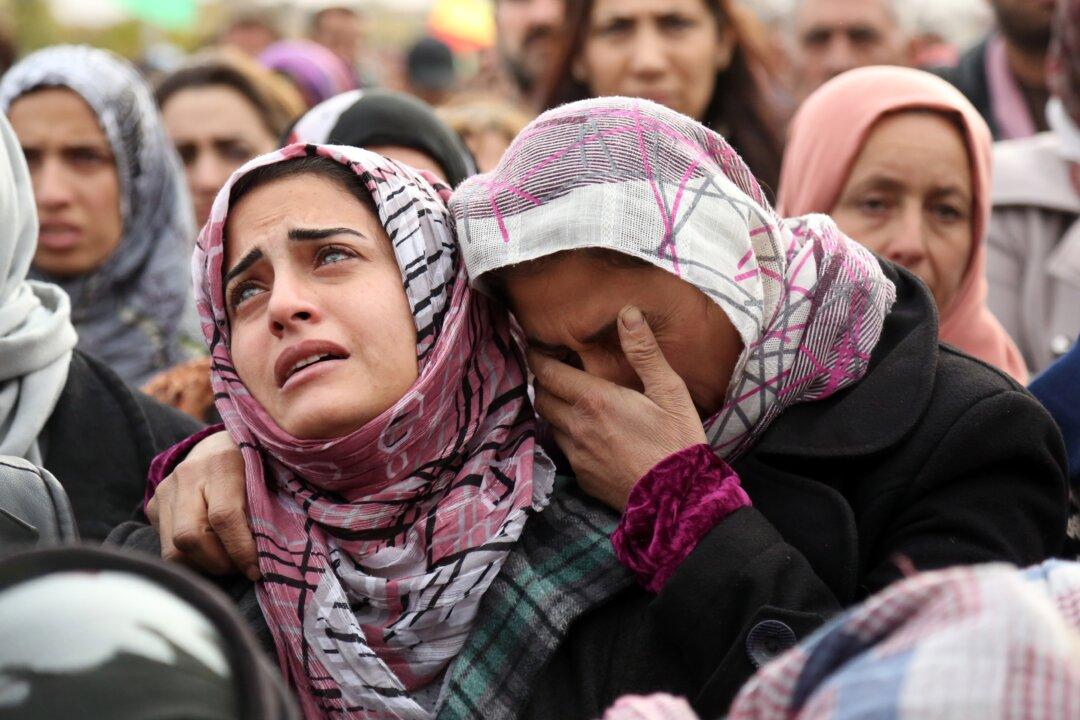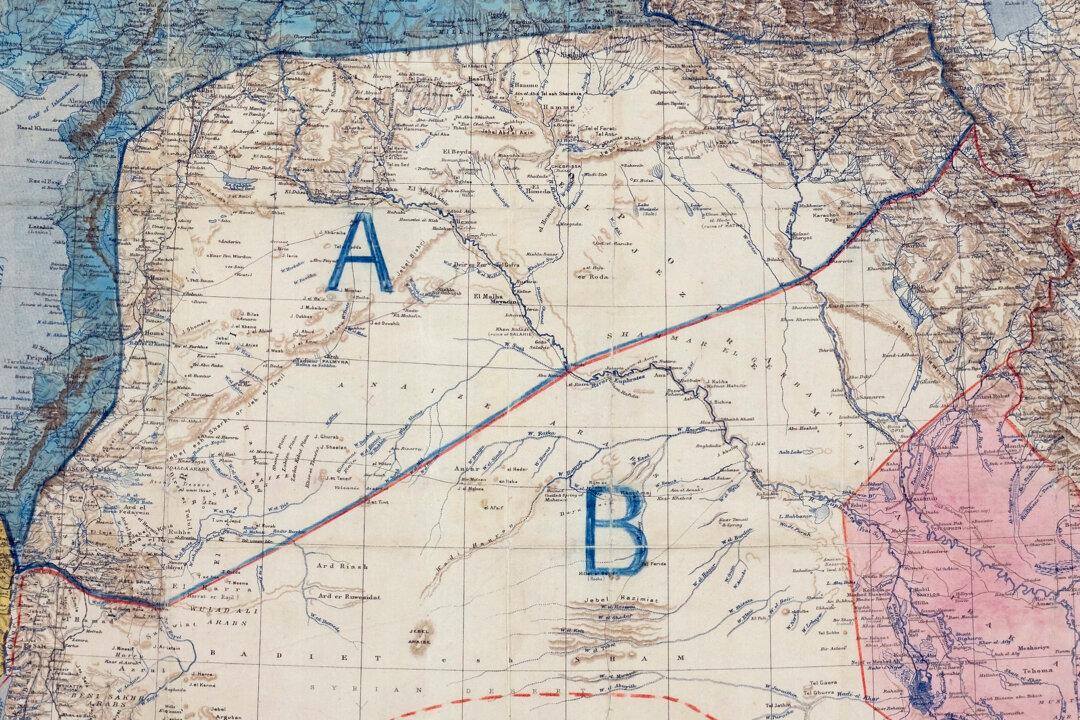If, as cliché has it, the definition of insanity is doing the same thing over and over and expecting different results, isn’t the recent flurry of diplomatic activity aimed at bringing about a negotiated settlement to the Syrian civil war insane?
None of the previous attempts to resolve the conflict among the warring parties through negotiations, such as the Geneva II talks in the beginning of 2014, has had a happy ending. And, in retrospect most observers would go so far as to say that they were doomed to failure.
But if, until now, there was zero chance for all principals, both external and internal, to work out a settlement, there currently exists a slender—a very slender—chance for success.
If, until now, there was zero chance to work out a settlement for the Syrian crisis, there currently exists a very slender chance for success.

